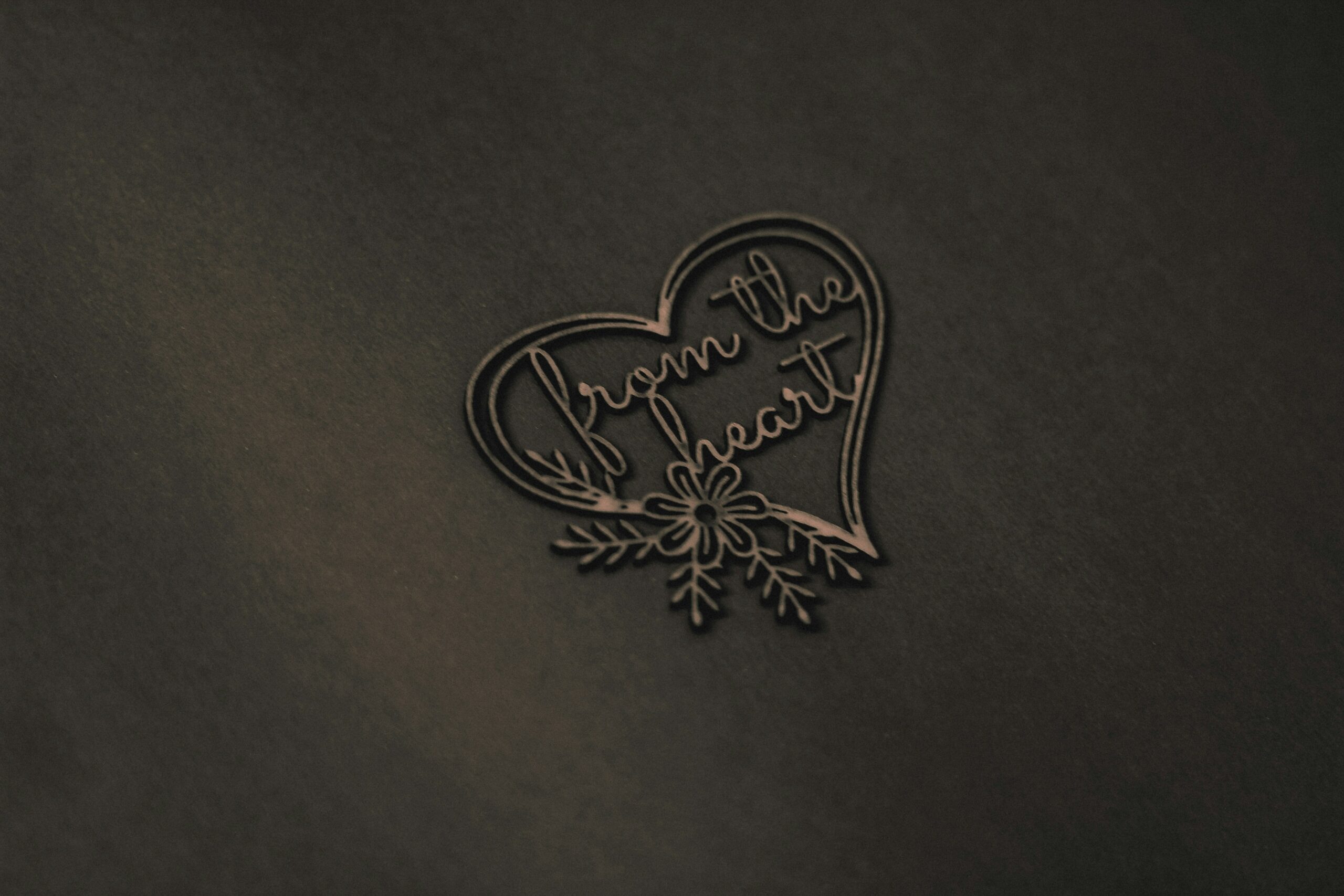Imagine being on the precipice of discovery, on the verge of new thought, standing on a mountain with the promised land in view but not being allowed to enter?
Edouard Manet’s last master piece A Bar at the Folies-Bergère exhibited at the 1882 Paris Salon exhibition, just one year before his death, represents that moment of great change, the stance just before the leap into a new world of possibilities.
Manet was born in France in 1832, he is considered to be the last academic painter and paradoxically the first modernist painter. He was one of the first 19th-century artists to paint modern life, as well as a pivotal figure in the transition from Realism to Impressionism.
Painting, before and during Manet’s time, was steeped in tradition with emphasis on Realism; the accurate depiction of nature and contemporary life. Painting was stuck in a rut of rendering life as seen by the eye, a clear window of the world.
The Folies-Bergère was a variety-show venue in Paris showcasing dancing, circus acts and ballet. Manet’s painting frames the viewers gaze toward the sullen barmaid. The bar in front of her is adorned with a beautiful glass bowl of clementines, various liquor bottles and a small purple and white rose floral arrangement in a wine glass. Manet presents a visual enigma; the barmaid is gazing directly at the viewer while behind her a large mirror reflects the busy venue in front of the bar. The mirror also positions the viewer as a top-hat-wearing patron. The subject matter in this case in not content, what Manet really is portraying is the future of art.
What Manet did in this painting was demonstrate his genius. The barmaid, the bar and its adornments have the hallmarks of realism, the accurate modelling of the striations in the marble counter, the soft gentle treatment of the rose petal to the precise positioning of the highlights on the clementines. The reflected scene in the mirror behind her is painted with loose dabs of the brush, a quick impression of the activity, this is a recognition of the movement that would usurp his own, Impressionism.
Ultimately Impressionism would engulf the western art world and change visual culture forever. With its loose brush strokes and subjective colour, freeing the artists from faithfully rendering observed life to free imaginative expression.
The painting has a prophetic resonance, suggesting the future, as if seen from a distance of a blurred reflection, Is not this just as the scripture says in 1 Corinthians verse 13 says: “For now we see in a mirror dimly, but then face to face. Now I know in part; then I shall know fully, even as I have been fully known.”
When Paul wrote this I’m sure he was referencing the famous bronze mirrors that could be found in Corinth at the time that reflected imperfectly. Manet could not have known what the future may exactly hold but he had partial insight. I feel tremendous hope while thinking about this painting paired with the above mentioned scripture that although revelation, the knowledge and promises of God, the potential for wider horizons and freedom of expression may be partially seen, one day we will see in full, face to face.
By Nathan Jansen van Vuuren


